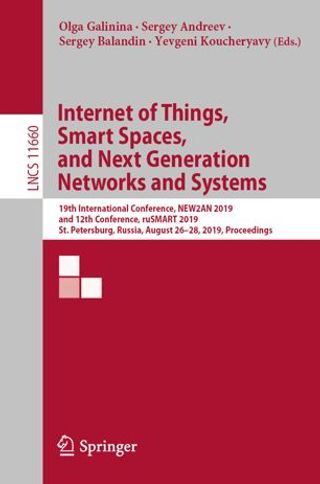?
Development of the Mechanism of Assessing Cyber Risks in the Internet of Things Projects
We developed the mechanism of assessing cyber risks for Internet of Things (IoT) projects. The relevance of this topic is explained by growing sophistication of cyber-attacks, the speed of new threats emergence and increasing damage from the attacks. The paper addresses decreasing efficiencies of existing mechanisms of cyber risk assessment and fills the research gaps in this area. Results include development of the mechanism’s concept, its block diagram, the specification and description of its comprising tools and the case study. Unlike peers, the mechanism provided holistic approach to cyber risk assessment; integrated and coordinated all related activities and tools. It simulated the confidence interval of project return on investments (ROI) and showing the chances to go above risk appetite. It makes cyber risk assessment dynamic, iterative, responsive to changes in cyber environment. These advantages let us conclude that the mechanism should have a significant scientific and practical use.
